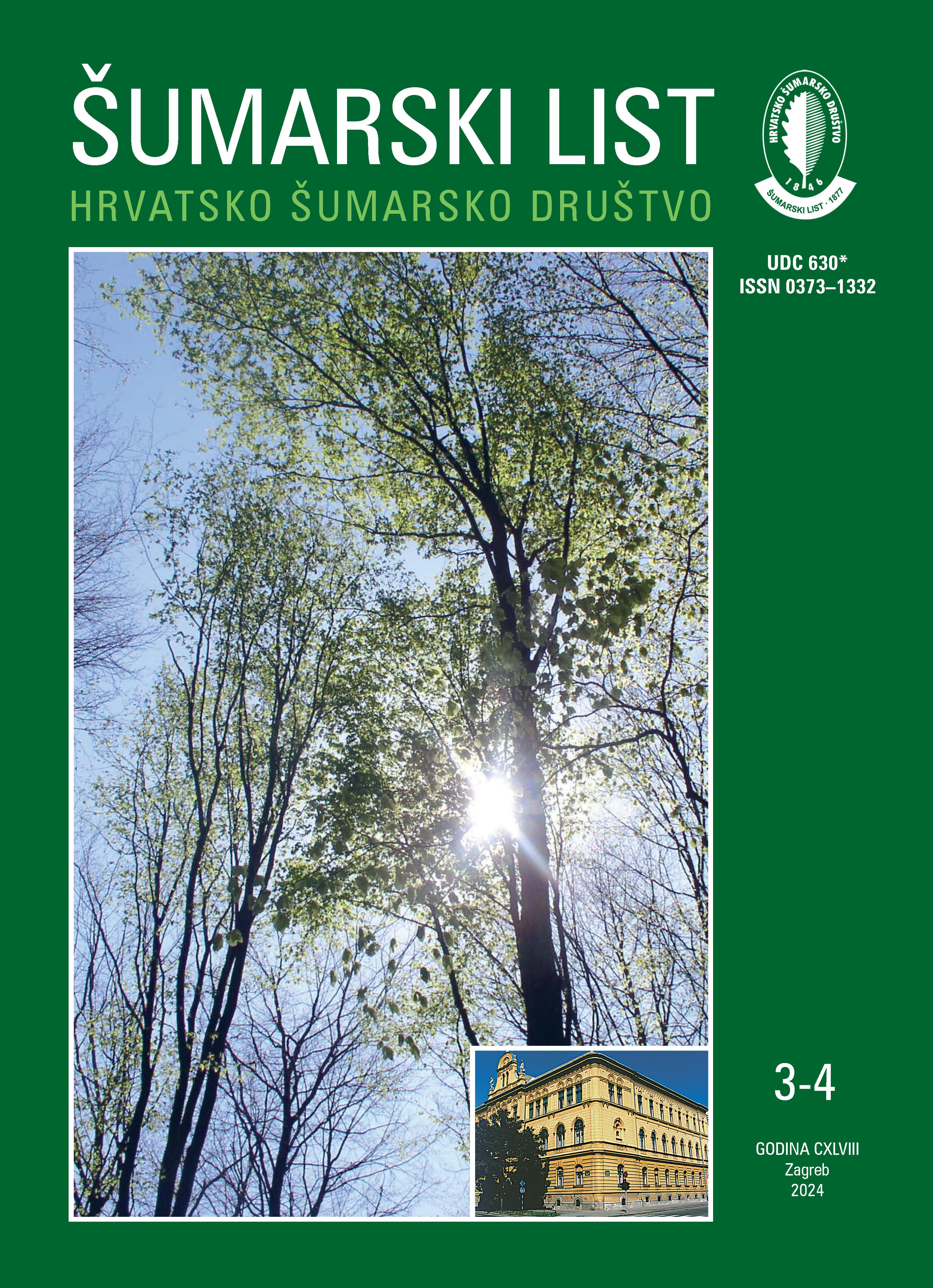Fruit and seed morphological traits and duration effect of sulfuric acid seed scarification on some Crataegus Tourn. ex L. species
Keywords:
scarification, double dormancy of seeds, seeds, Crataegus monogyna, Crataegus laevigata, Crataegus crus-galliAbstract
Hawthorn species (Crataegus Tourn. ex L.) are widely known for their medical, ecological, and economic benefits. The main issue of this study was to define the morphological characteristics of fruits and seeds as well as the impact of sulfuric acid (96% concentration) scarification with different time duration on seeds of three different hawthorn species (C. crus-galli, C. monogyna, C. laevigata). Statically significant differences were reported for all measured fruit and seed morphological traits. Highest fruit weight, length and width was recorded for C. crus-galli, while lowest for C. monogyna. Different sulfuric acid (96% concentration) scarification treatments were used for C. cruss-galli (150 and 210 min), C. laevigata, and C. cruss-galli (45, 75 and 105 min) seeds. Only significant differences were found in contrast to the control. Thickness of the tiniest part of the seed coat was significantly reduced in C. crus-gallic and C. laevigata scarified seeds in contrast to control. Thickness of the thickest part of the seed coat was significantly reduced only in C. crus-galli seeds scarified for 210 min in contrast to control. Therefore, optimal duration of scarification treatment for C. crus-galli seeds should be 210 min. The results obtained in this study will contribute to a better knowledge of morphometric characteristics and the pre-sowing treatment of seeds of some Crataegus species which can be utilized in nursery production.
Downloads
Published
Issue
Section
License
Copyright (c) 2024 Damir Drvodelić, Milan Oršanić, Ela Španjol, Marko Vuković, Tomislav Jemrić

This work is licensed under a Creative Commons Attribution-NonCommercial 4.0 International License.


